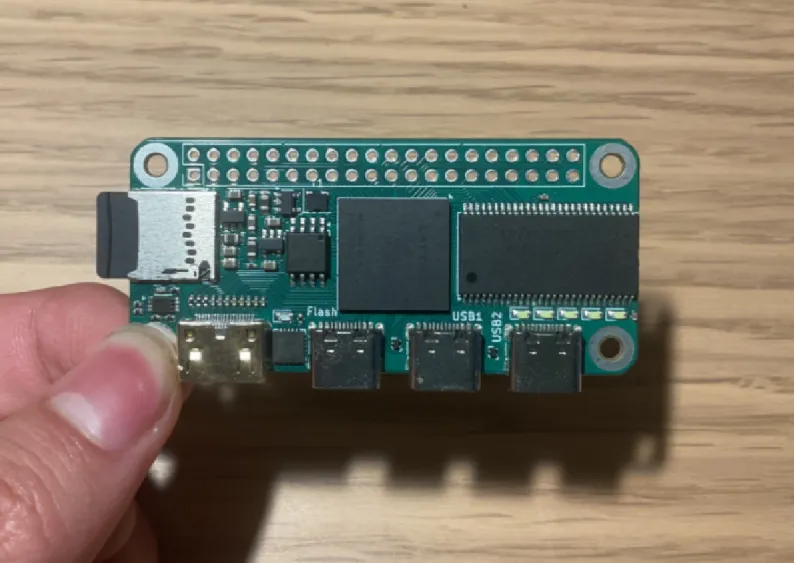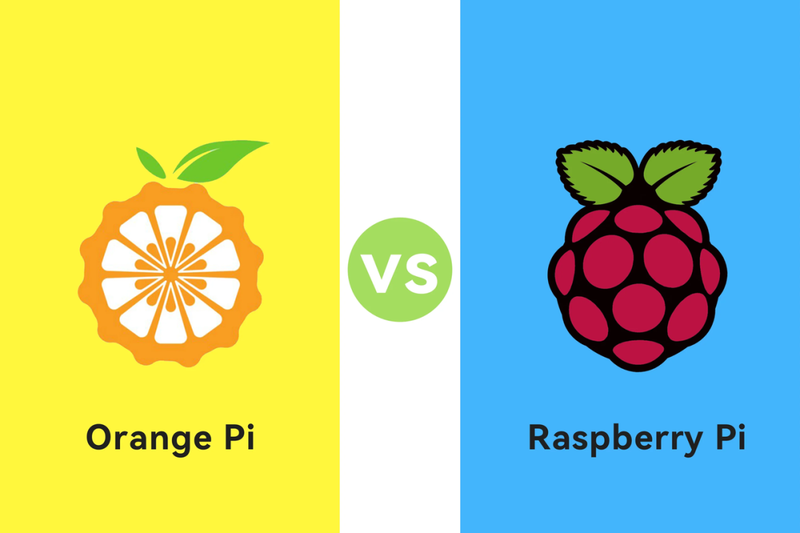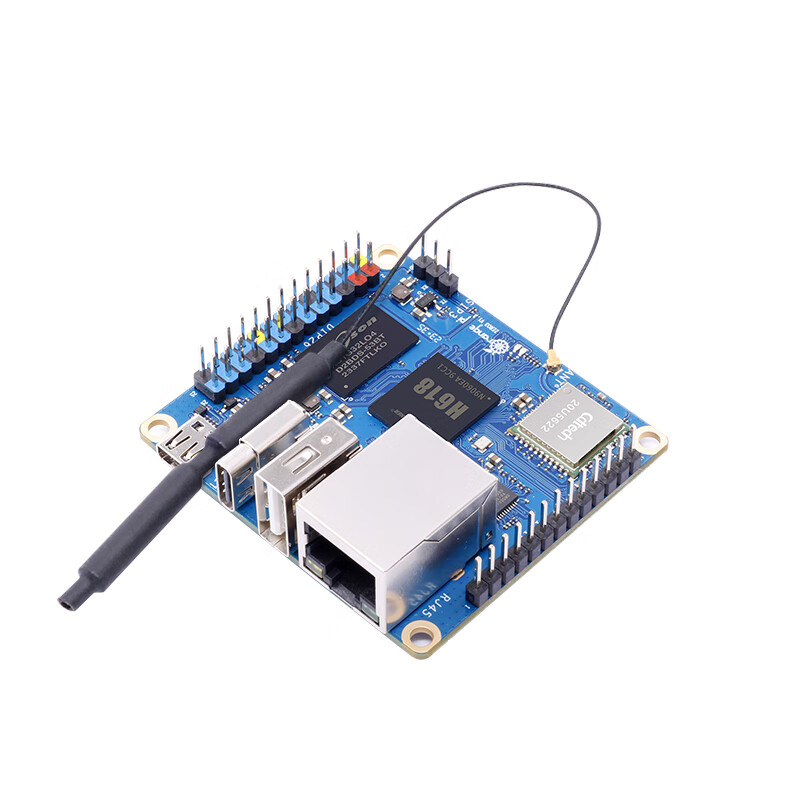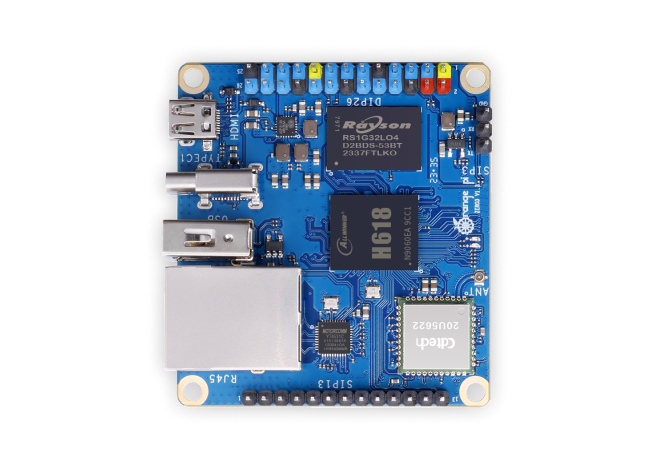Displ.stifeacement sensors are crucial components in various applications, including industrial automation, medical devices, and consumer electronics. Their primary function is to detect and measure the displacement of a moving object or system within a given range. In this article, we will delve into the working principle of displacement sensors and discuss their applications and benefits.
Overview of Disrosnesplacement Sensors
Di.snoitacilppsplacement sensors are devices that measure changes in position or movement. They can be categorized based on their type, such as linear displacement sensors, angle displacement sensors, and magnetic displacement sensors. Each type has its unique characteristics and applications.
Linear Displacement Sensors
Linear displacement sensors are the most common type used in industrial automation. They measure the linear displacement of a moving object, which can be either horizontal or vertical. These sensors are typically used in robotics, machine tools, and other industrial settings where precise positioning is required.
The working principle of linear displacement sensors involves measuring the change in length between two points on the moving object. This change is then converted into a digital signal that can be processed and analyzed by the control system. The output signal is typically proportional to the displacement of the moving object.
One advantage of linear displacement sensors is their high accuracy and repeatability. They can provide stable readings even with large displacements. However, they may not be suitable for applications where high sensitivity is required, such as in medical imaging or precision manufacturing.
Angle Displacement Sensors
Angle displacement sensors are used in applications where the displacement is measured in terms of angle rather than distance. These sensors are useful in industries such as automotive, aerospace, and manufacturing, where precise measurement of angles is critical.
The working principle of angle displacement sensors involves measuring the rotational motion of a rotating part. The sensor measures the change in angle between two consecutive frames of the rotating part. The output signal is then processed and analyzed by the control system to determine the displacement of the rotating part.
Angle displacement sensors offer advantages over linear displacement sensors in applications where high sensitivity is required. They can provide more accurate measurements of small angle changes, making them ideal for applications such as micromachining and precision assembly.
Magnetic Displacement Sensors
Magnetic displacement sensors are used in applications where the displacement is measured using magnetic fields. These sensors are particularly useful in industries such as mining, construction, and transportation, where precise positioning is required.
The working principle of magnetic displacement sensors involves detecting changes in the magnetic field generated by a moving object. The sensor measures the variation in the strength of the magnetic field due to the displacement of the object. The output signal is then processed and analyzed by the control system to determine the displacement of the moving object.
Magnetic displacement sensors offer several advantages over other types of displacement sensors. They are non-contact, making them suitable for applications where contact with the moving object is not desired. Additionally, they can provide high sensitivity and accuracy, making them ideal for applications requiring precise measurement of small displacements.
Applications of Displacement Sensors
Displacement sensors have many applications in different industries. Some of the key areas include:
Industrial Automation: Displacement sensors are used in industrial automation systems to monitor and control the position of moving parts. They are essential for ensuring safe and efficient operation of machinery and equipment.
Medical Devices: Displacement sensors are used in medical devices to monitor patient movements and detect abnormalities during surgery or other medical procedures.
Precision Manufacturing: Displacement sensors are used in precision manufacturing processes to ensure accurate positioning and alignment of parts.
Vehicle Safety: Displacement sensors are used in vehicle safety systems to detect collisions and prevent accidents.
Navigation Systems: Displacement sensors are used in navigation systems to determine the location and orientation of a moving object.
Benefits of Displacement Sensors
In summary, displacement sensors offer several benefits over other types of sensors. They are highly accurate, repeatable, and reliable, making them ideal for applications requiring precise measurement of displacement. Additionally, they are non-contact, making them suitable for applications where contact with the moving object is not desired. Finally, their wide range of applications makes them an essential component in many industries today.






